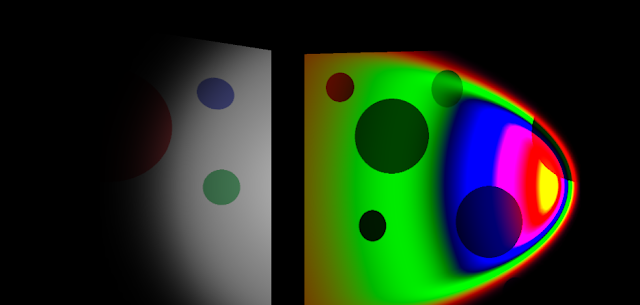Only Fools and Corpses
An on-going, WIP, personal project (sadly, another project I haven't had time to work on lately), OF&C is a strategy/survival/simulation game, in which the player creates a zombie virus and infects a small town.
The goal is to design a plague that will destroy the town's inhabitants with the plague. The player gets 25 points to spend on the various attributes (there are tooltips to explain each option).
Then, the player gets to travel the town and choose an infection point. Once selected, they launch the capsule and set off the infection (and a panic).
Whilst infected, citizens can infect eachother, and may head to the hospital to get cured (the likelihood of these events is based on choices the player makes during design). Once the victims die and become zombies, they begin attacking the town (its citizens and buildings). Certain buildings provide bonuses, and certain citizens will defend themselves (there are also police who will attack the zombies - and the player if they see them throw the capsule).
The big twist of this game, however, is that the zombies can, and will, attack the player given the chance. The player needs to be clever and quick to successfully destroy the town, and progress to the next level.
As with all my projects featured here, I was the only programmer for this game. In this case, I was responsible for level design and creative direction as well. The game has a pixelated, quasi-fifties style, with black & white dialogue cards, washed-out colours, and grainy filters.
One of the biggest features is the AI, which is fairly complex - the police coordinate with eachother, but lose that advantage if the police station is destroyed - they also have panic levels, which determines how brutal their behaviour will be. The citizens have a range of panic reactions to select from (which is affected by various factors - such as base 'bravery', damage taken, number of enemies, etc). The zombies are fairly simple - they can flock together, but also react to damage taken, and get taunted by certain things as well.
There are some other neat, little features as well - such as the procedural citizen generation (skin tone, hair style, colour, face and name are all procedural). Citizens are also grouped by surname - they share homes and have more severe reactions when family members are hurt.
This project took about two months of work to get to its current state (which, as mentioned, is not quite complete).
Here is a short gameplay demo (as you can see, it is very much a WIP, but it has some interesting potential, and programming the AI was a great exercise).
I will be uploading a copy of the game so far, so you can sample it for yourselves.

















